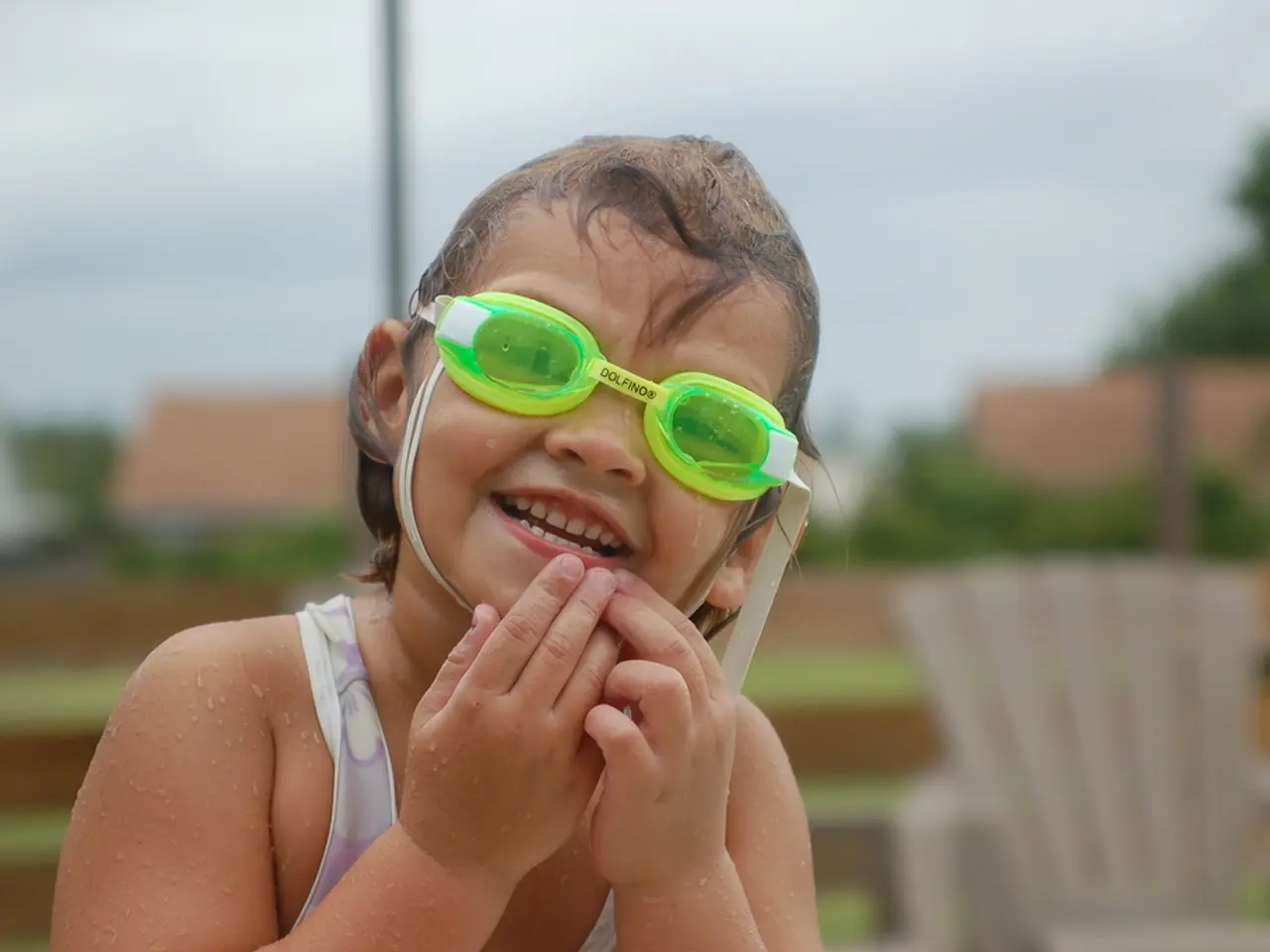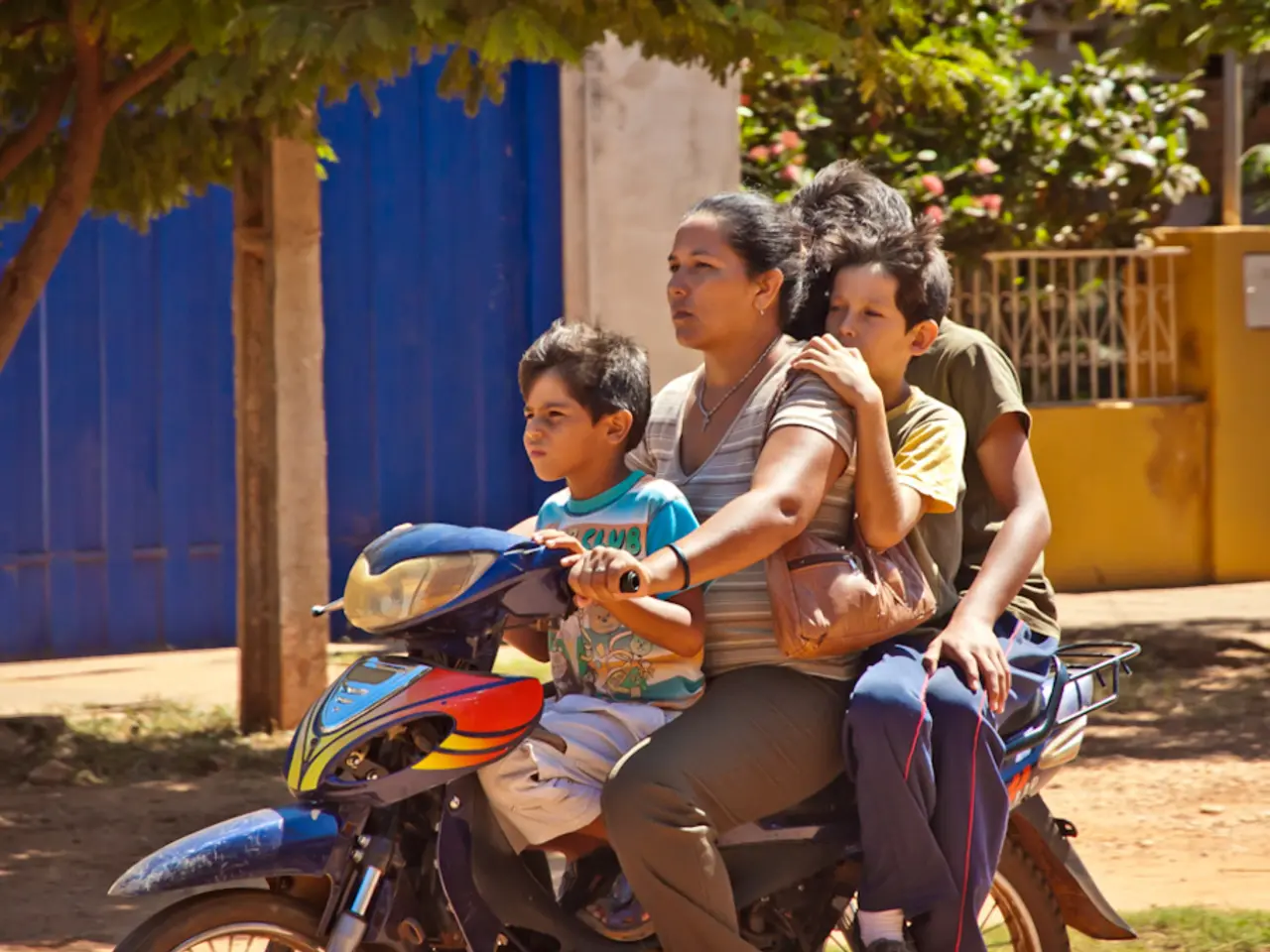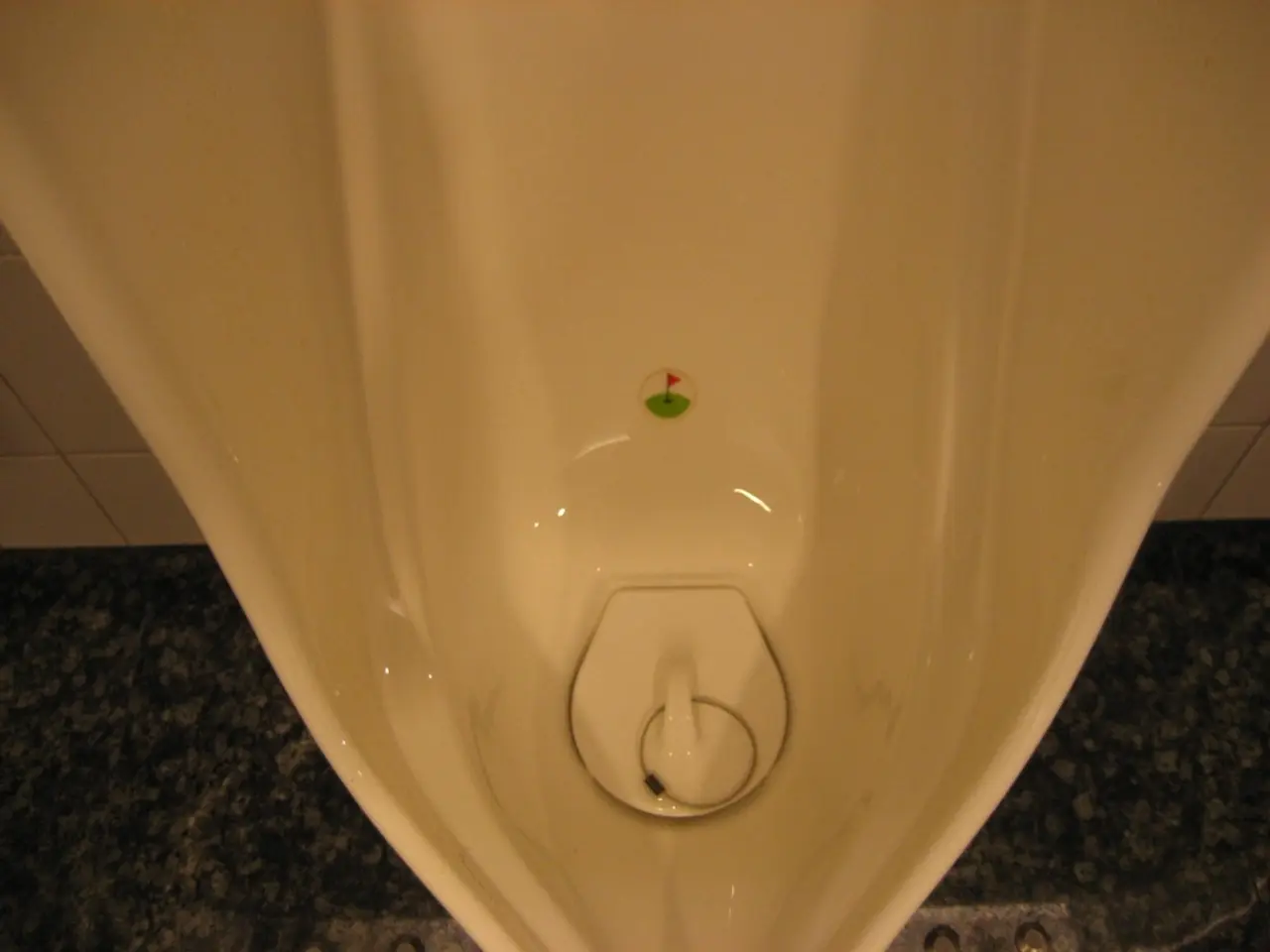Uncommon Eye Condition: Dart Player Pursues Treatment for His Daughter
Ryan Searle, a renowned name in the world of darts, has recently announced his partnership with the "Cure ADOA Foundation," a non-profit organisation dedicated to finding a cure for Autosomal Dominant Optic Atrophy (ADOA). Searle himself, along with his daughter, Amelia, is affected by this rare hereditary eye disease.
ADOA is the most common hereditary optic neuropathy, primarily caused by mutations in the *OPA1* gene, which is crucial for mitochondrial function and inner membrane dynamics. Recent studies, such as those using a novel mouse model with the pathogenic *Opa1^R290Q/+* mutation, have recapitulated key features of human ADOA, including retinal ganglion cell (RGC) degeneration and mitochondrial defects.
One of the key discoveries in the field of ADOA research is the identification of SARM1, a protein involved in neurodegenerative processes, as a key driver of RGC degeneration. Knocking out *Sarm1* in mice strongly suppresses RGC degeneration and vision loss, even though mitochondrial fragmentation persists, highlighting SARM1 as a promising therapeutic target.
Pioneering work is being done by PYC Therapeutics, who are advancing PYC-001, a precision RNA therapy designed to restore normal *OPA1* gene expression in the retina. PYC-001 uses proprietary drug delivery technology to target retinal cells and has shown efficacy in preclinical models, including "retina in a dish" and non-human primates. The company has recently received approval for dose escalation in the ADOA clinical trial, marking progress toward potential clinical application.
While there is currently no cure for ADOA, patients have access to supportive therapies such as low vision aids, rehabilitation, and genetic counseling. Emerging therapies, including gene therapy and stem cell therapy, are under investigation.
The "Cure ADOA Foundation," established in 2018 and recognised as a patient organization in 2022, not only collects research funds but also supports affected patients and families. Searle, in his quest to find a cure for his daughter's eye disease, is wearing the foundation's logo on his shirt to raise awareness for the disease and collect money for a cure.
In an interview on YouTube with his supplier "Harrows," Searle clarified that while his vision is limited, he is not legally blind. He also emphasised his intention to raise awareness for ADOA and collect money for a cure through wearing the foundation's logo on his shirt.
Despite his vision limitations, Searle is still able to drive a car. However, Amelia's condition is classified as visual impairment, and she will likely never be able to drive. Searle's vision limitations in the past included not being able to see the darts board at times, but he now wears contact lenses and has improved vision.
While there is no publicly available information linking Searle to commentary or advocacy on current research or progress toward a cure for ADOA as of recent sources, his partnership with the "Cure ADOA Foundation" marks a significant step in the fight against this rare eye disease.
| Area of Research | Recent Progress/Findings | Status | |-------------------------|------------------------------------------------------------|------------------| | Genetic Basis | *OPA1* mutations identified as principal cause | Well-established | | SARM1 Inhibition | Suppresses RGC degeneration in mouse models | Promising target | | PYC-001 (RNA Therapy) | Preclinical success, dose escalation in clinical trials | Clinical stage | | Symptom Management | Low vision aids, rehabilitation, genetic counseling | Available |
- Ryan Searle's partnership with the "Cure ADOA Foundation" indicates a significant step in the fight against Autosomal Dominant Optic Atrophy (ADOA), a rare hereditary eye disease he and his daughter, Amelia, are affected by.
- SARM1, a protein involved in neurodegenerative processes, has been identified as a key driver of retinal ganglion cell (RGC) degeneration in ADOA, making it a promising therapeutic target.
- Pioneering work is being done by PYC Therapeutics, who are advancing PYC-001, a precision RNA therapy designed to restore normal OPA1 gene expression in the retina, potentially leading to a cure for ADOA.
- While there is currently no cure for ADOA, patients have access to supportive therapies such as low vision aids, rehabilitation, and genetic counseling, and emerging therapies like gene therapy and stem cell therapy are under investigation.
- In addition to funding research, the "Cure ADOA Foundation" also supports affected patients and families, raising awareness for the disease and collecting money for a cure.




